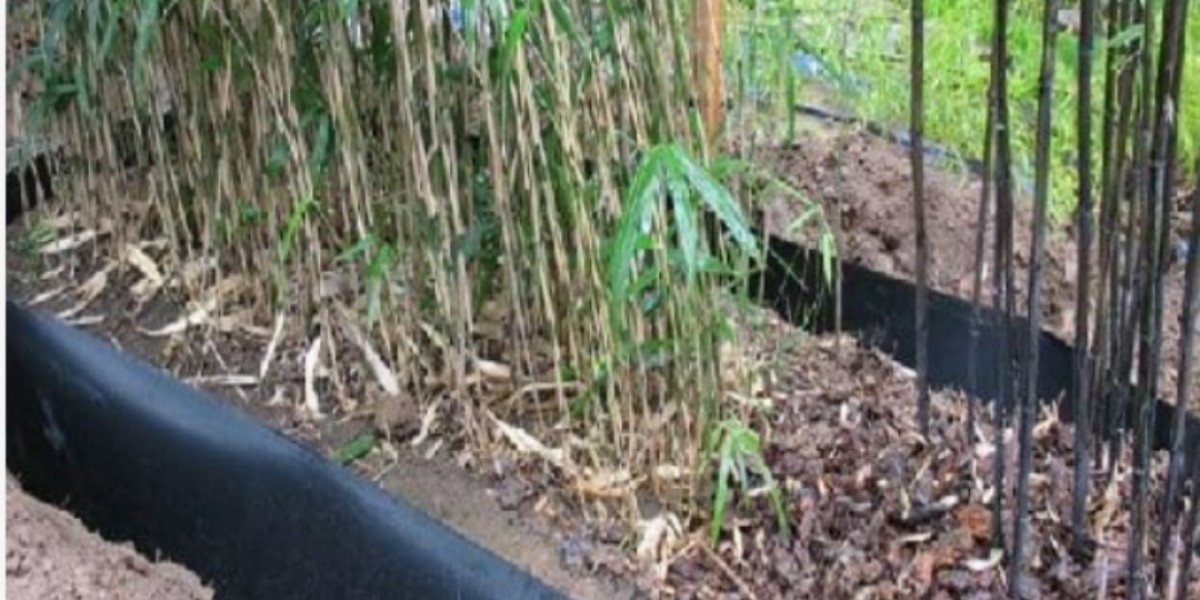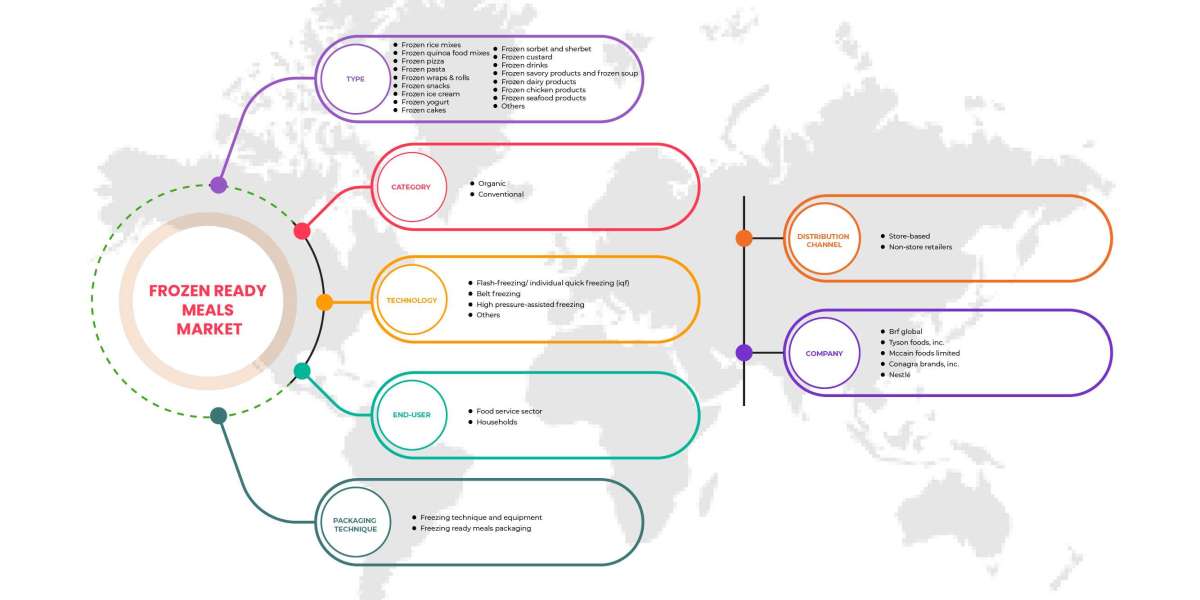in urban and rural landscapes alike, the growing roots of trees and plants can cause significant damage to infrastructure, including roads, pavements, water pipelines, and building foundations. As trees mature, their roots can expand far beyond their base, often seeking water and nutrients in areas where they shouldn’t. To prevent costly damage to valuable infrastructure, HDPE root barriers have emerged as an effective solution. These barriers protect roads, foundations, and underground utilities by redirecting the growth of tree roots. This article explores the key benefits of HDPE root barriers, the process of HDPE root barrier installation, and factors influencing HDPE root barrier price.
What is an HDPE Root Barrier?
An HDPE root barrier is a durable and flexible barrier made from High-Density Polyethylene (HDPE), a type of plastic known for its strength and resilience. Designed specifically to prevent tree roots from encroaching into areas where they could cause damage, these barriers are installed around tree root zones or along infrastructure. HDPE root barriers are available in various thicknesses, and they are used to redirect root growth, forcing the roots to grow downward rather than spreading horizontally. With the ability to withstand UV rays, chemicals, and physical stress, HDPE root barriers are ideal for both residential and commercial applications where protecting infrastructure from root damage is essential.
Advantages of Using HDPE Root Barriers
The use of HDPE root barriers comes with several notable advantages, particularly their durability and resistance to environmental factors. The primary benefit of HDPE root barriers is their ability to withstand wear and tear over time. These barriers are resistant to UV radiation, chemicals, and temperature fluctuations, which makes them a long-lasting solution for root management. The robust nature of HDPE ensures that the barrier remains intact, preventing tree roots from causing expensive damage to sidewalks, roads, and building foundations.
Additionally, HDPE root barriers promote healthy tree growth by redirecting roots into the soil where they can access adequate nutrients and water. This helps trees thrive without compromising the surrounding infrastructure. The flexibility of HDPE also allows for easier installation, and its ability to conform to various shapes and sizes makes it a versatile choice for different applications. Unlike other materials, HDPE is lightweight, making it easier to handle and install, especially in tight spaces.
HDPE Root Barrier Installation Process
HDPE root barrier installation requires proper planning and site preparation. The first step is to ensure that the area around the tree or infrastructure is cleared of any debris or obstructions. If installing the barrier around an existing tree, the soil around the roots should be excavated to create enough space for the barrier. Once the site is prepared, the next step is to measure and cut the HDPE root barrier to the required size. It is important to ensure that the barrier is wide enough to cover the entire root zone or infrastructure area that needs protection.
Once the barrier is cut to the appropriate size, it is positioned in the trench or around the tree. The HDPE barrier should be placed vertically into the ground, with the top edge flush with the surface to prevent roots from growing over it. If necessary, the barrier can be connected using fasteners or welding to ensure a continuous, secure seal. After the barrier is in place, the soil is backfilled to hold the barrier firmly in place. The area is then compacted to ensure stability, and any adjustments to the positioning of the barrier can be made as needed. It’s important to monitor the barrier over time to ensure that it continues to function properly.
Factors Affecting HDPE Root Barrier Price
The price of HDPE root barriers can vary depending on several factors. One of the primary determinants of price is the quality of the material used in manufacturing the barrier. High-quality HDPE barriers made from virgin material tend to be more expensive than those made from recycled HDPE. Virgin HDPE offers superior durability and strength, making it a more reliable option for long-term root protection. Barriers with additional features, such as UV stabilization or enhanced chemical resistance, can also increase the price.
The size and thickness of the root barrier required for the project are also key factors that influence cost. Larger projects requiring extensive root barriers, such as those in urban development or commercial landscapes, may benefit from bulk pricing. Conversely, smaller installations may have a higher per-unit cost due to the smaller quantities needed. Labor costs for installation can also add to the overall price, particularly for larger or more complex projects. It is recommended to obtain quotes from multiple HDPE root barrier supplier to compare prices and ensure that you are getting the best value for your investment.
Applications of HDPE Root Barriers
HDPE root barriers are used in a variety of settings, from residential gardens to large-scale urban infrastructure projects. In urban environments, where space is limited and infrastructure is densely packed, HDPE root barriers are an essential tool for preventing damage to roads, sidewalks, and underground utilities. The barriers help keep roots away from critical infrastructure, such as water lines, sewer systems, and gas pipelines, reducing the risk of costly repairs and ensuring the integrity of the infrastructure.
In residential landscaping, HDPE root barriers are used to protect garden paths, driveways, and patios from root damage. By directing the roots downward, the barriers help maintain the aesthetic appeal and functionality of the landscape. Similarly, in agricultural settings, HDPE root barriers are used to protect irrigation systems and pipelines from root intrusion. This ensures that water distribution systems remain intact and function efficiently, improving the overall productivity of agricultural operations.
Long-Term Benefits of Using HDPE Root Barriers
The long-term benefits of using HDPE root barriers far outweigh the initial investment. By preventing root damage to infrastructure, HDPE barriers help avoid costly repairs and maintenance. The durability of the material ensures that these barriers provide reliable protection for many years, making them a wise investment for both residential and commercial property owners. In addition, by promoting healthy tree growth and maintaining the integrity of the surrounding environment, HDPE root barriers contribute to the sustainability of urban green spaces.
These barriers are not only effective at redirecting root growth but also at preserving the natural aesthetic of landscapes. Trees can continue to grow and thrive without disrupting the surrounding infrastructure, ensuring that both the trees and the environment benefit from the installation. As urban areas continue to grow, the demand for solutions like HDPE root barriers will likely increase, making them a key component in sustainable urban planning and development.
Frequently Asked Questions
What is the lifespan of an HDPE root barrier?
HDPE root barriers are designed to last for many years, often up to 20 or more, depending on the environmental conditions. The material’s resistance to UV radiation, chemicals, and physical stress makes it a long-lasting solution for root management.
Can HDPE root barriers be used for all types of trees?
Yes, HDPE root barriers are suitable for a wide range of tree species, from small ornamental trees to large, aggressive-rooted species. The size and thickness of the barrier can be adjusted based on the tree species and root system.
How do I know if I need an HDPE root barrier?
If you are experiencing damage to infrastructure caused by tree roots, or if you are planting trees near roads, pavements, or utility lines, it is advisable to consider installing an HDPE root barrier. The barrier will help redirect the roots and prevent damage to surrounding areas.



